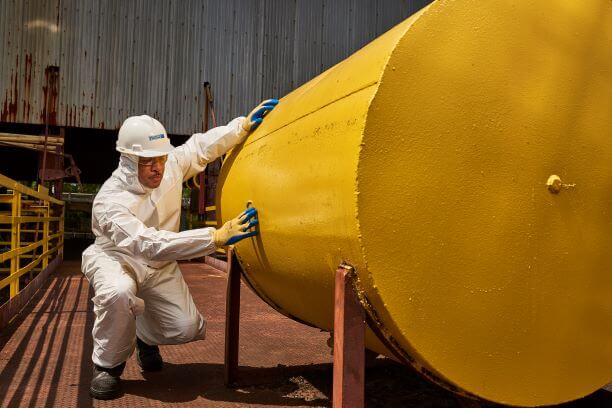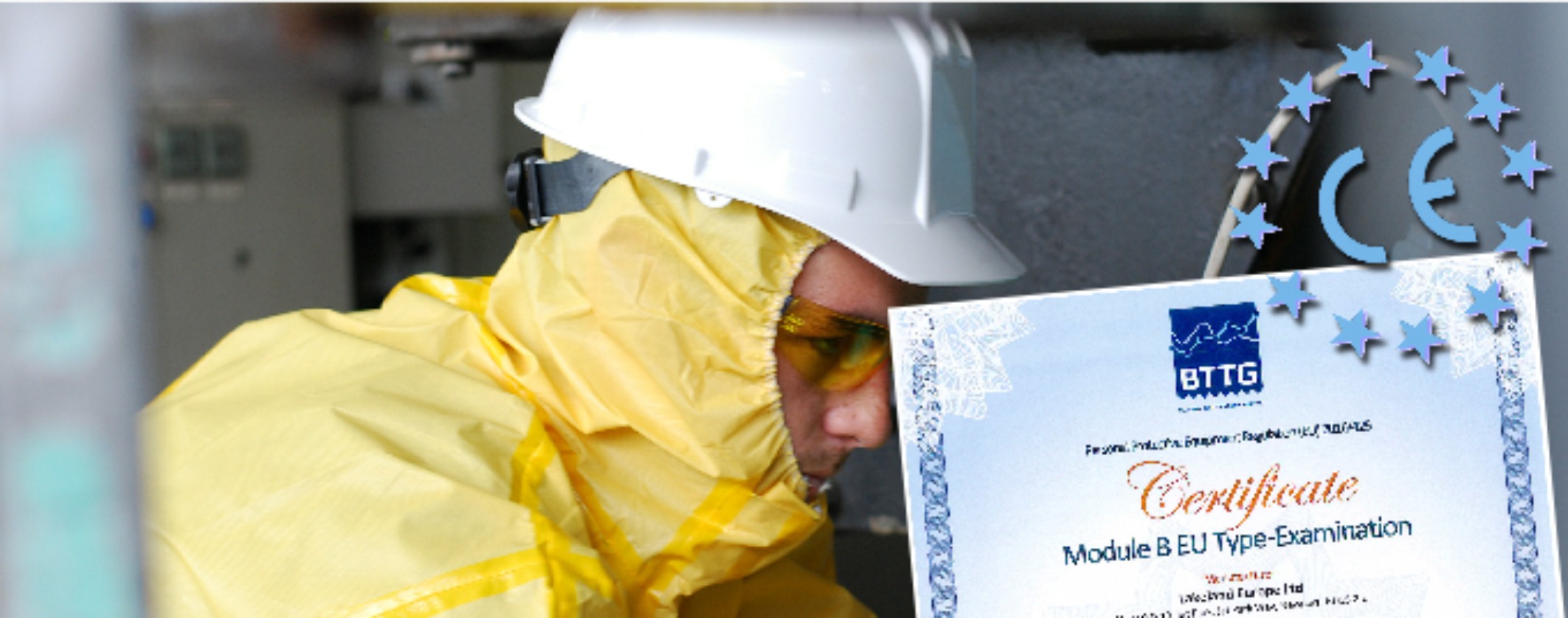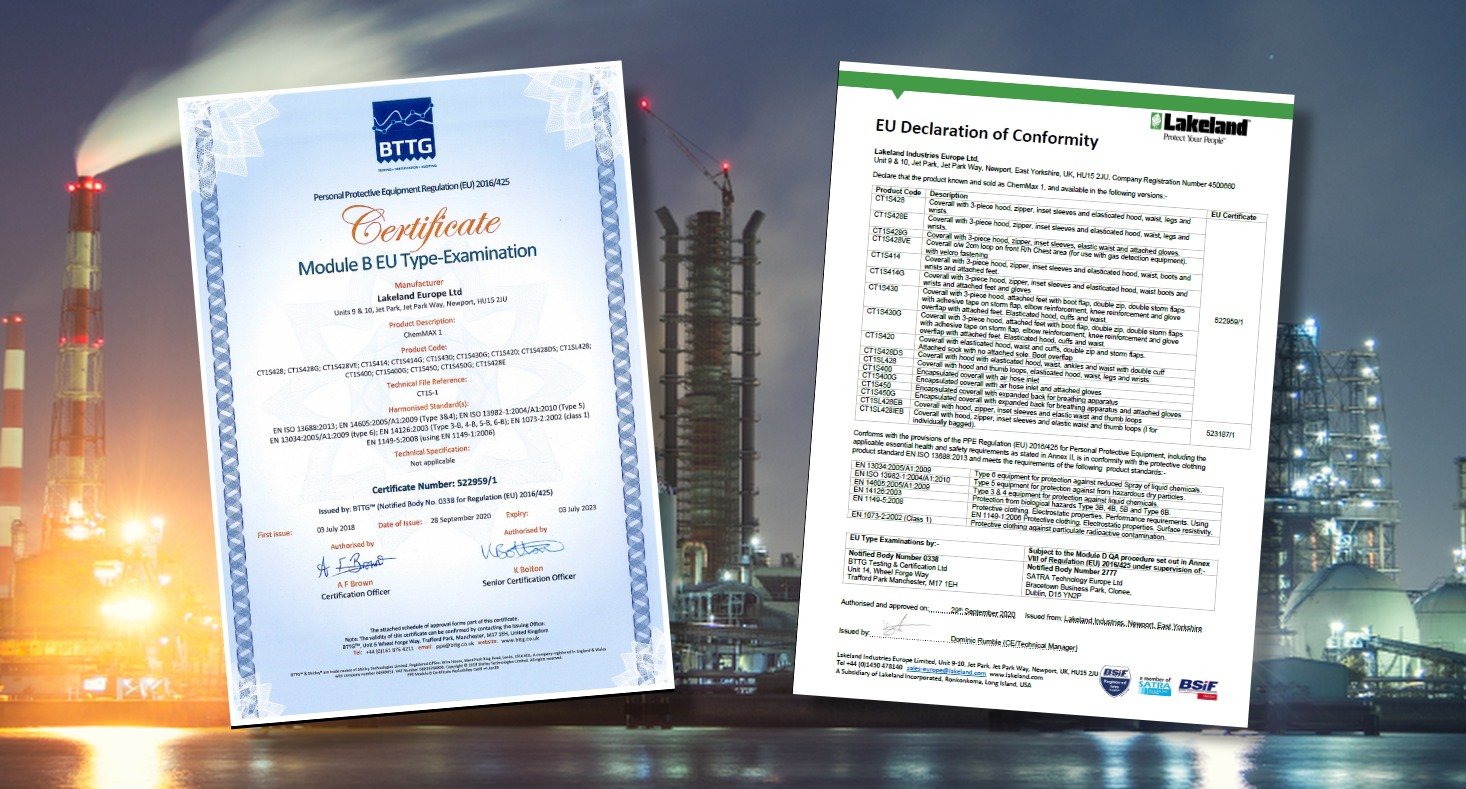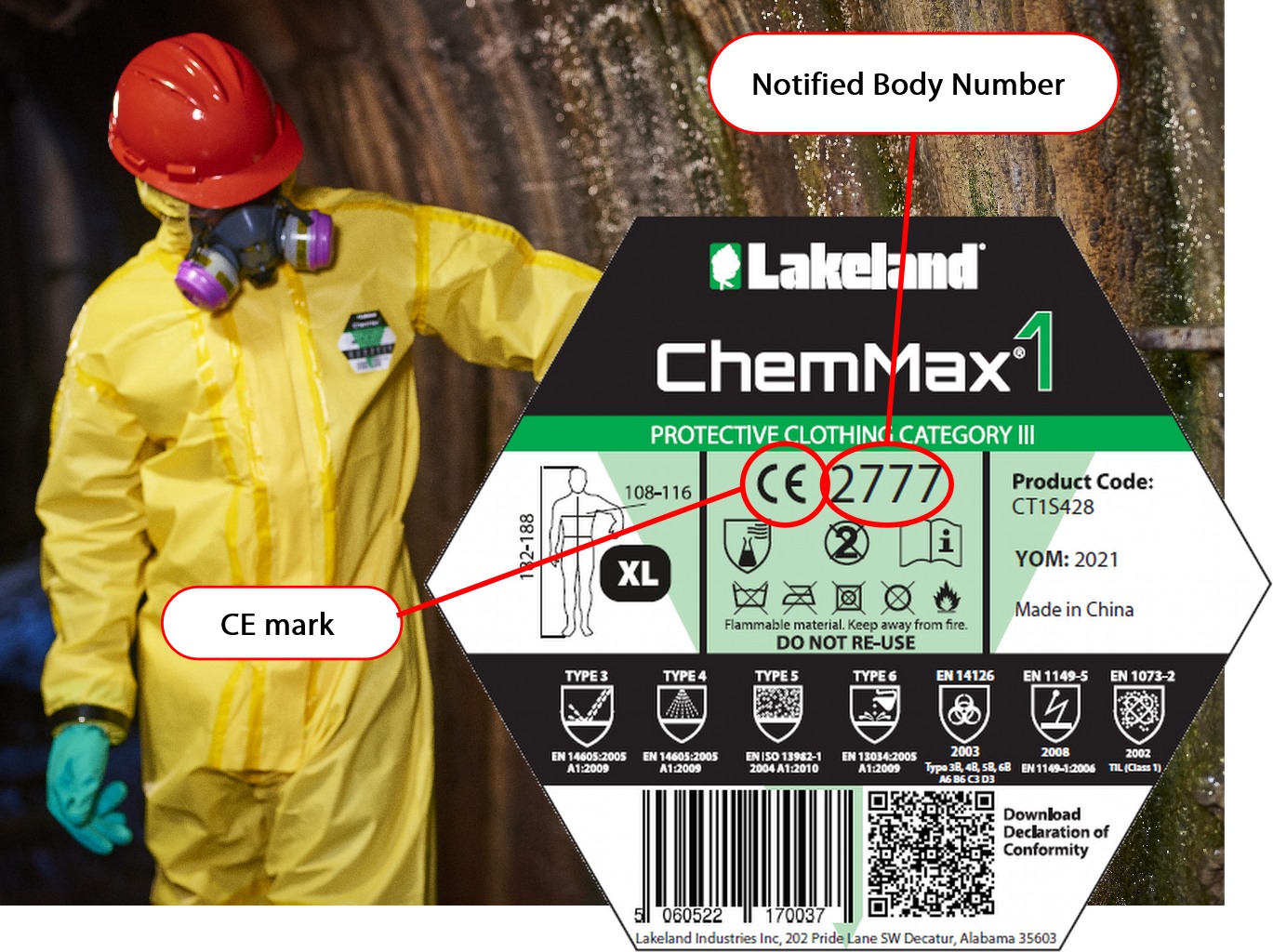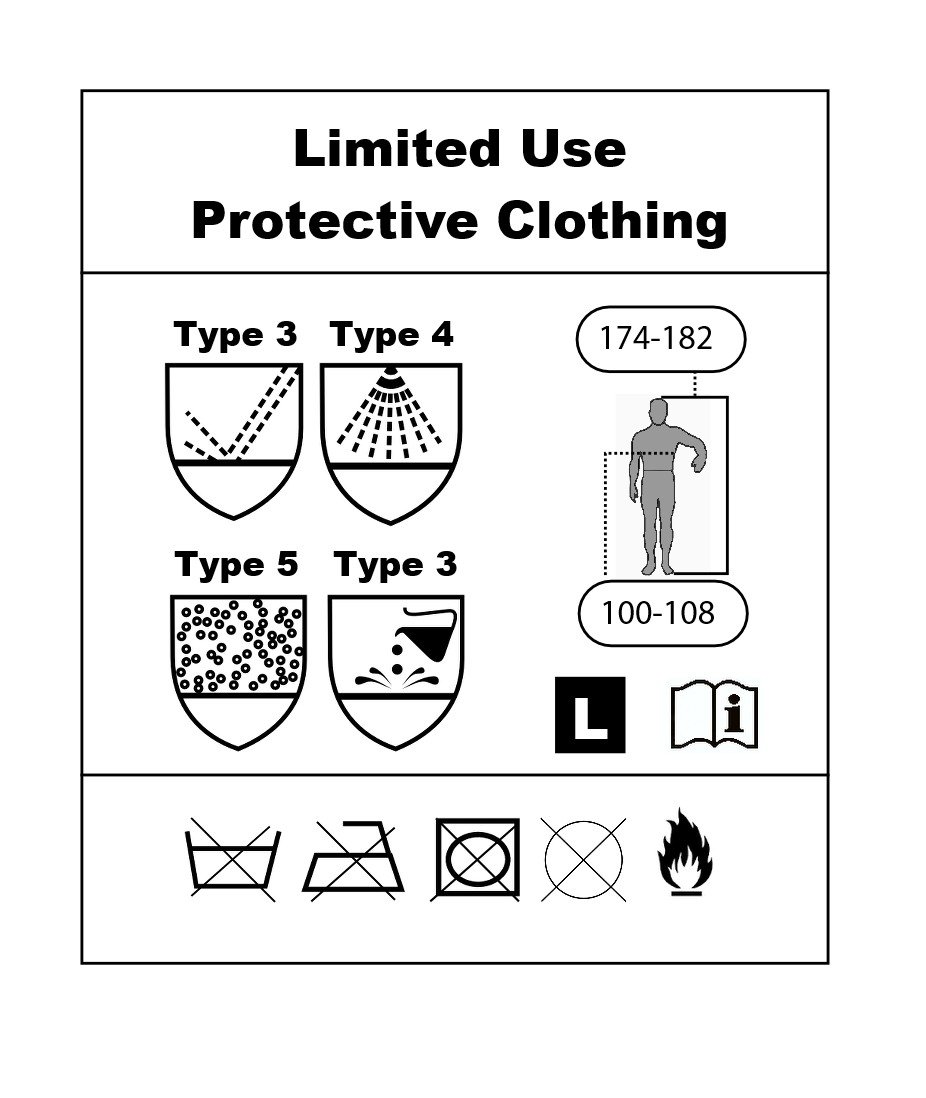In recent years, safety managers have become accustomed to the fact that if personal protective equipment (PPE) bears the CE mark, it is a useful step in a health and safety plan to ensure it is safe to use and that it will do the job of protection it should. After all, to be sold in Europe PPE must be CE certified by law. And whilst not a legal requirement outside the EU, safety managers around the world increasingly specify CE, recognizing that it is a mark of quality and effectiveness.
But good health and safety at work practice requires that you need to be sure your PPE certification is genuine. So how do you know it is?
This blog looks at what CE certification means and how to identify and check whether certification is genuine or not.
Even within the European Community, the prevalence of personal protective equipment that appears to be certified, but in reality is not, or of product that is counterfeit, has been on the increase. Outside Europe it is more widespread. Such products may never have been anywhere near the testing that CE requires to prove a product meets the minimum performance requirements laid down in the standards. In which case, how do you know it will do the job of protection it should? The fact is, you don’t. It might be the difference between workers being protected and not being protected.
What Does CE Certified Mean for Health and Safety At Work?
The CE mark on a PPE product is the confirmation that it has been independently assessed by a Notified Body, an organization appointed and approved by an EU member government to assess and test products and to issue a CE certificate that confirms the product meets the requirements set down in relevant product standards.
The Declaration of Conformity is based on the CE Certificate and is the manufacturers’ legal declaration that the product meets the requirements of the listed standard.
Lakeland product CE certificates and Declarations of Conformity are freely downloadable from the Lakeland website.
The benefits of using CE marked product for safety managers and users of PPE are clear. Essentially, it is legal confirmation that the product you buy and use will do the job of protection that it should. It amounts to the reassurance of protection. Without it, you simply do not know if workers are protected. The use of non-certified product is quite simply a gamble.
For this reason, ensuring that PPE is certified is vital, and ensuring that the certification is genuine, perhaps even more so. Assuming it is certified if it is not creates a false and potentially dangerous sense of security.
What Are You Looking For To Ensure Certification and How Can You Check It To Be Sure?
1. Check the Label
All correctly certified PPE should bear a label featuring information clearly defined in the relevant product standard.
Two key pieces of information on the label that are the most important: the CE mark and the Notified Body Number.
If the label does not feature these two items, then regardless of what other information is present, the PPE is not certified.
The image shows an example of a label copied from a disposable coverall found in the market that shows all the type pictograms used for CE certification yet does not have the CE mark or a Notified Body Number. This coverall is NOT CE marked.
Such a product might even claim to “meet the requirements of [the standard].” But that does not mean it has been tested and certified. Just that the manufacturer claims it meets the same standards.
2. Read the Chemical Safety Clothing User Instructions
But what if the label does show these marks? How can you then check its veracity?
In addition to the label, chemical safety clothing and other certified PPE should come with comprehensive instructions in multiple languages. Again, much of the information included is defined in the relevant product standard and, reviewing it can provide important clues and information: –
- The Notified Body Number is a unique reference to the Notified Body, an EU member state government-appointed organization authorized to assess and certify product. As well as the identification number on the label, their address and contact details are required to be included in the accompanying User Instructions. If this information is not present, then you can certainly doubt the veracity of the certification.
- If the address is present, you can readily contact them and request confirmation that the product is indeed one that they have certified and issued a certificate against.
- You can also identify the Notified Body from the number at the EU NANDO website, which includes a full list of all Notified Bodies along with the product type they are authorized to assess and certify.
3. Request Copies of the CE Certificate and Declaration of Conformity
On request, a manufacturer should readily supply copies of both the Declaration of Conformity and the CE certificate. In fact, the introduction of the PPE Regulation 245/2015, replacing the original PPE directive, meant that manufacturers are legally obliged to provide access to a product Declaration of Conformity with the product.
Both documents should detail the standards and the date of the standards to which PPE is certified. However, even provisions of these documents does not guarantee certification. There are cases of counterfeit certificates. So where doubts remain, it is good policy to contact the Notified Body and confirm the veracity of the certificate.
4. Refer to the British Safety Industry Federation (BSiF) Registered Supplier Safety Scheme.
This is a scheme run by the BSiF, which registers manufacturers and suppliers of PPE and performs annual audits of their certification process and records. They also undertake monitoring of the market and products supplied and will undertake to investigate any PPE over which you have doubts in order to confirm (or otherwise) its veracity and to take action where required.
You can discover more about how Lakeland and other manufacturers can work together to monitor and manage PPE products in the market in our blog here.
Summary: Check PP Certification… It May Not Be What It Appears
A simple review of both the PPE label and the supplied User Instructions should provide strong clues as to whether the product is certified or not. However, even the presence of the correct information does not guarantee certification. Furthermore, even the availability of the CE certificate and the Declaration of Conformity is not a cast-iron guarantee.
However, taking the time to reference websites like the EU NANDO scheme to identify Notified Bodies and contact them directly or working with organizations such as the BSiF Registered Safety Supplier Scheme can be useful tools to check product certification.
For safety managers concerned with ensuring workers are properly protected against workplace hazards, CE marking is an important tool and brings reassurance of product performance that is otherwise lacking. Without some type of certification, PPE is a gamble.
Counterfeit product or product that is not correctly certified is not as rare as we would like to think, and worse, it can often look certified but isn’t. You cannot assume that just because an item of protective clothing or equipment appears to be certified that it is. In other words, you need to know what to look for and how to confirm whether your PPE certification is genuine.
